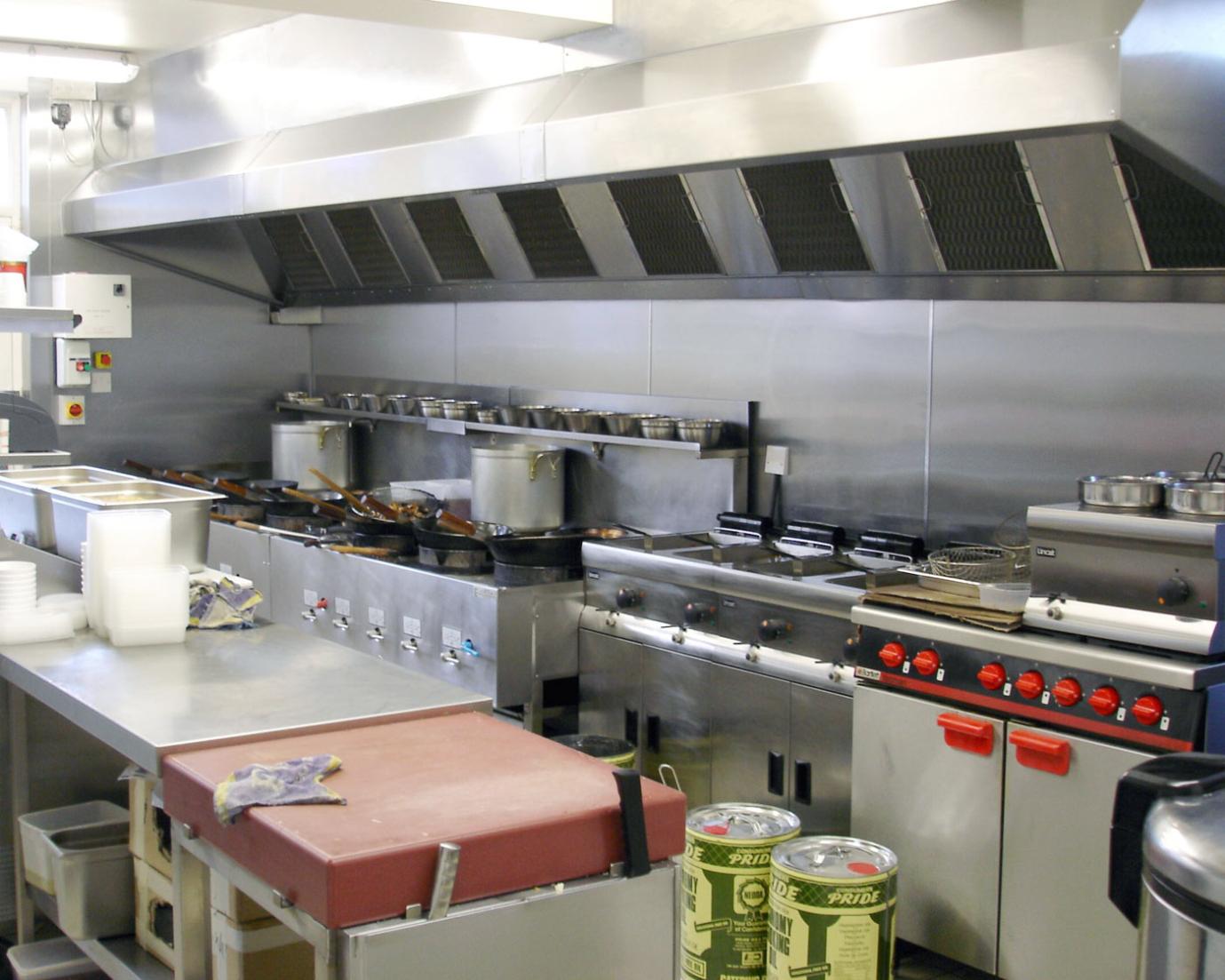How to Use Catering Equipment Safely and Effectively
In the catering industry, catering equipment plays a crucial role in preparing, cooking, and serving food. From ovens and stoves to refrigerators and dishwashers, these tools are essential for ensuring efficient and productive operations. However, it is equally important to use catering equipment safely and effectively to prevent accidents, injuries, and equipment damage.

Types Of Catering Equipment
Catering equipment encompasses a wide range of tools and appliances used in commercial kitchens and catering establishments. Some common types include:
- Cooking Equipment: Ovens, stoves, grills, fryers, and microwaves are used to prepare and cook food.
- Refrigeration Equipment: Refrigerators, freezers, and ice machines are used to store and preserve food.
- Dishwashing Equipment: Dishwashers, sanitizers, and drying racks are used to clean and sanitize dishes and utensils.
- Food Preparation Equipment: Mixers, blenders, slicers, and dicers are used to prepare and process food ingredients.
- Serving Equipment: Hot plates, chafing dishes, and buffet tables are used to keep food warm and serve it to customers.
Safety Precautions For Catering Equipment
Using catering equipment safely is of utmost importance to prevent accidents, injuries, and equipment damage. Here are some essential safety precautions to follow:
- Proper Training and Instruction: Ensure that all equipment operators receive adequate training and instruction on how to use and maintain the equipment safely.
- Regular Maintenance and Inspection: Regularly inspect and maintain catering equipment to ensure it is in good working condition. This includes checking for worn or damaged parts, leaks, and electrical hazards.
- Safe Handling and Storage: Handle and store catering equipment properly to prevent accidents and damage. This includes using appropriate lifting techniques, avoiding overloading equipment, and storing it in a safe and dry location.
- Adherence to Manufacturer's Instructions: Always follow the manufacturer's instructions and guidelines for operating and maintaining catering equipment. This ensures that the equipment is used as intended and potential hazards are minimized.
- Use of Personal Protective Equipment (PPE): When necessary, use appropriate personal protective equipment (PPE) such as gloves, aprons, and safety glasses to protect yourself from potential hazards such as heat, sharp objects, and electrical shocks.
Effective Use Of Catering Equipment
Using catering equipment effectively is essential for maximizing efficiency and productivity in the catering industry. Here are some tips and strategies to follow:
- Select the Right Equipment: Choose the right equipment for the specific task at hand. Consider the capacity, features, and intended use of the equipment to ensure it meets your requirements.
- Proper Setup and Positioning: Set up and position catering equipment properly to ensure safe and efficient operation. This includes ensuring adequate ventilation, providing sufficient space for movement, and avoiding potential hazards such as tripping hazards.
- Optimize Equipment Usage: Optimize the use of catering equipment to minimize downtime and maximize productivity. This includes scheduling equipment usage efficiently, avoiding overloading or overusing equipment, and following recommended operating procedures.
- Follow Maintenance Schedules: Adhere to recommended maintenance schedules to keep catering equipment in good working condition. This includes regular cleaning, lubrication, and calibration to prevent breakdowns and ensure optimal performance.
- Troubleshooting Common Issues: Be prepared to troubleshoot common equipment issues and resolve them promptly. This includes identifying potential problems, following troubleshooting guides, and seeking professional assistance if necessary.
Common Mistakes And Hazards To Avoid

There are several common mistakes and hazards associated with the use of catering equipment that should be avoided to ensure safety and prevent accidents. These include:
- Overloading or Overusing Equipment: Avoid overloading or overusing catering equipment as this can lead to breakdowns, fires, and other hazards.
- Improper Ventilation: Ensure adequate ventilation in areas where catering equipment is used to prevent the buildup of heat, smoke, and fumes.
- Fire Hazards: Be cautious of fire hazards when using catering equipment. Keep flammable materials away from heat sources, and never leave cooking equipment unattended.
- Electrical Hazards: Use grounded outlets and avoid using electrical equipment near water to prevent electrical shocks and fires.
- Improper Handling of Hot Equipment: Handle hot equipment with caution and use appropriate protective gear to prevent burns and injuries.
Using catering equipment safely and effectively is essential for ensuring a safe and productive work environment in the catering industry. By following recommended safety guidelines, using equipment properly, and avoiding common mistakes and hazards, catering establishments can minimize risks, prevent accidents, and maximize the efficiency and productivity of their operations.

YesNo

Leave a Reply